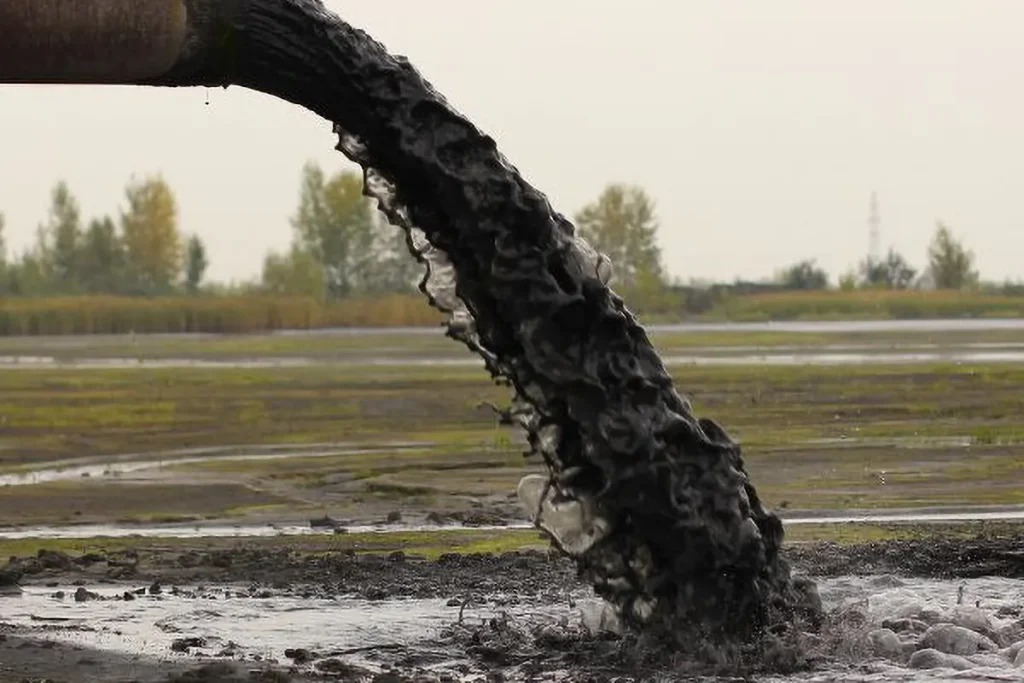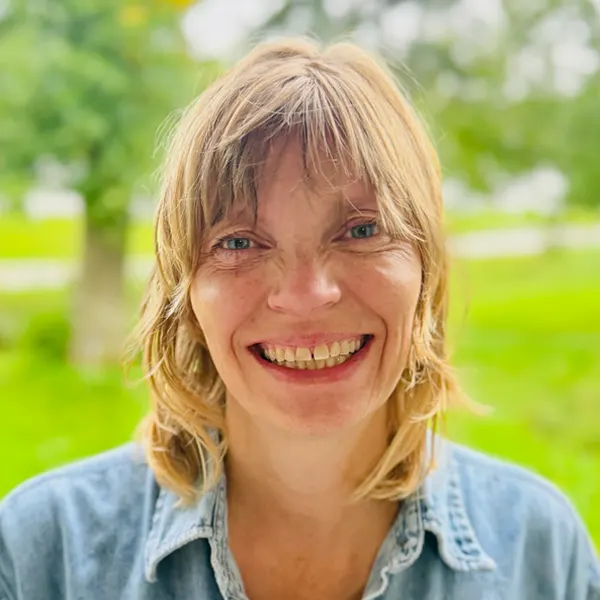Minnesota-based rural advocacy organization CURE is supporting the Environmental Protection Agency’s (EPA) decision to deny a permit to the Rainbow Energy Center (formally known as Coal Creek Station) in North Dakota that would have allowed the coal-fired power plant to continue to dump toxic coal ash into its aging and failing storage pit. Coal ash is linked to risks of cancer, neurological and cognitive impairments, and cardiovascular harm.

Last week, CURE joined Sierra Club and Earthjustice in submitting comments to the EPA that outlined a history of non-compliance at the Coal Creek Station facility, which was previously owned by Great River Energy and sold to Rainbow Energy in 2022.
“It is easy to see that Coal Creek has historically lacked robust monitoring to detect groundwater contamination from its coal ash ponds,” commented Sarah Mooradian, Government Relations & Policy Director for CURE. She continued, “When this inadequate monitoring did pick up evidence of contamination, the response from Coal Creek was to argue that the toxic pollution was not actually coming from the [coal ash] ponds instead of immediately remedying the issue.”
The EPA tested the coal ash pond liner when considering Coal Creek’s permit. It found that the liner installed in 1991 and repaired multiple times was thinner than current requirements and made of substandard materials. These findings raised concerns about likely groundwater contamination. A 2022 Environmental Integrity Project and Earthjustice study found that the ash at 91 percent of U.S. coal-fired plants contaminates groundwater with unsafe levels of arsenic, lead, mercury, and other heavy metals.
In a recent series of news articles reacting to the EPA’s decision, Rainbow Energy contends that the permit denial would require that Coal Creek close for three years resulting in potential energy shortages. However, the veracity of these claims is questionable for a variety of reasons, including that EPA has said it would grant disposal extensions if the coal plant can prove it is needed to maintain grid reliability.
CURE also pushes back against the company’s claims of unfair treatment by EPA. The issues with Coal Creek’s coal ash storage were known long before Rainbow Energy bought the facility, and the company simply chose not to address the problems.
“Rather than investing in what might be needed to update Coal Creek to comply with the EPA’s rules and ensure the safety of local communities, Rainbow took a wait-and-see approach hoping it could skirt the issue,” said Duane Ninneman, Executive Director of CURE. “Rainbow’s alarmist statements look like the kind of familiar fearmongering we’ve come to expect from corporate actors that are looking to distract from harms they cause and protect their profits rather than the health and safety of people.”
CURE is a rural-based democracy organization with offices in Montevideo and staff across Minnesota. Our work strives to build grassroots community power to address the connections between environmental challenges, societal inequities, and other systemic challenges facing our communities.


